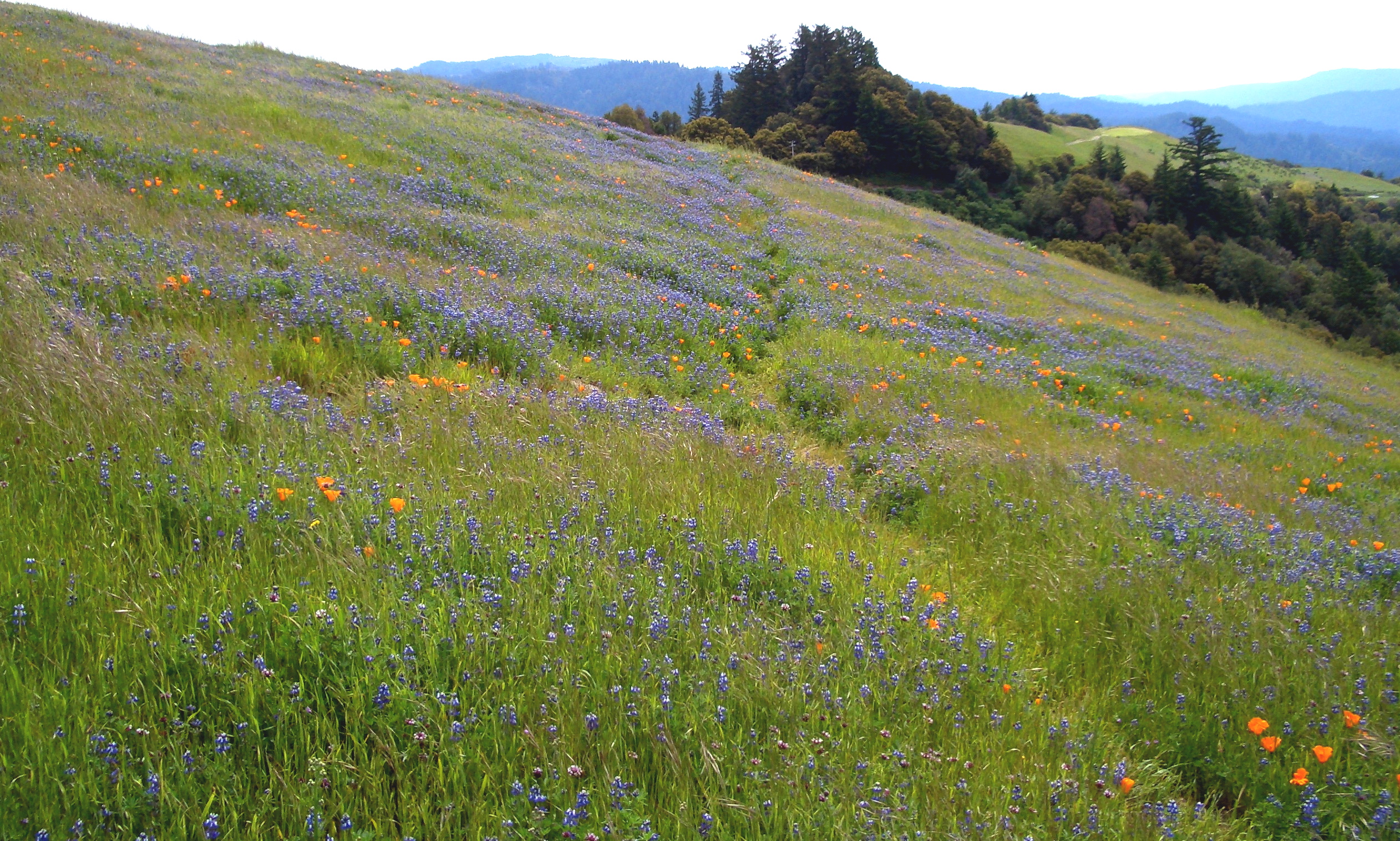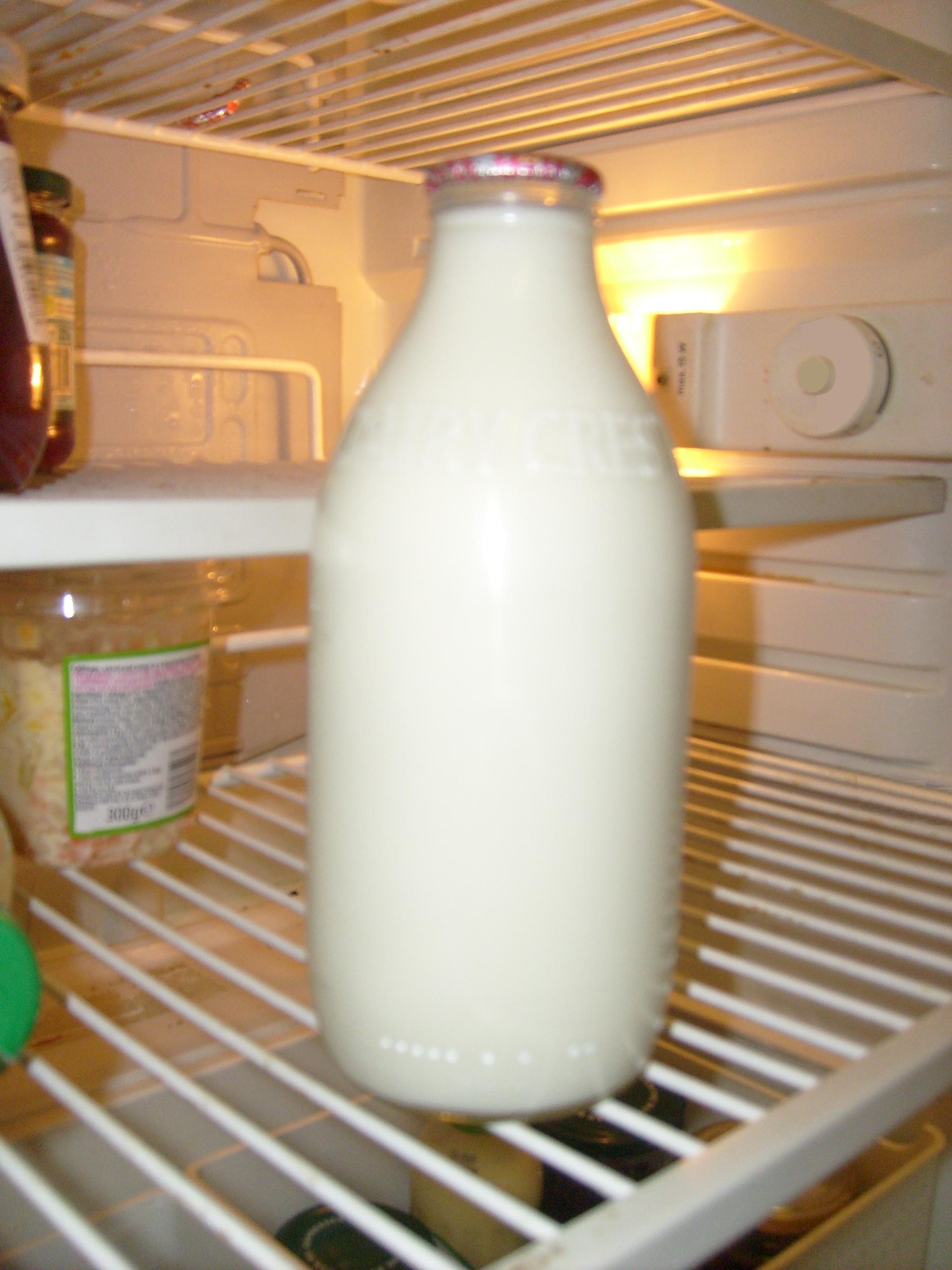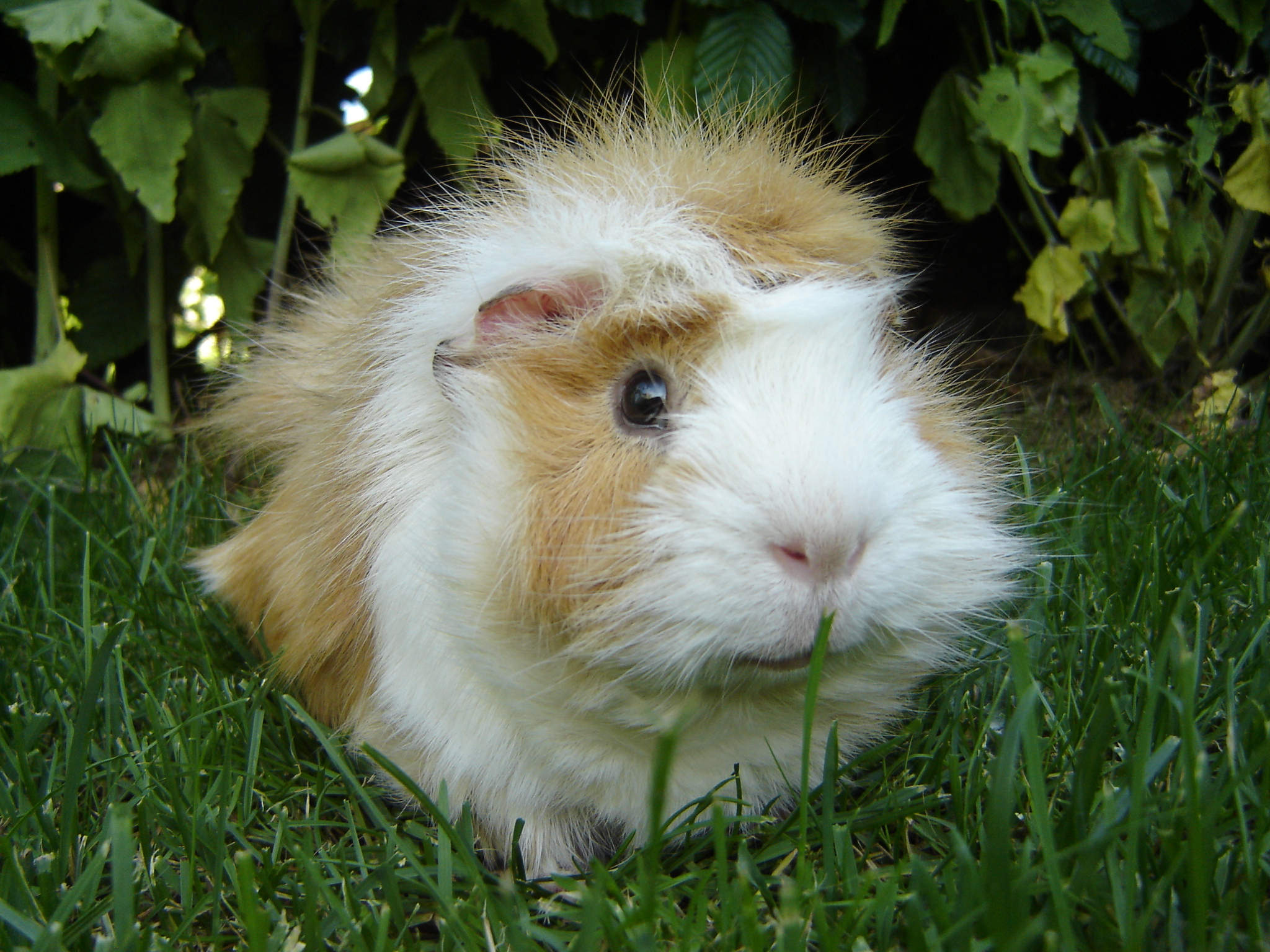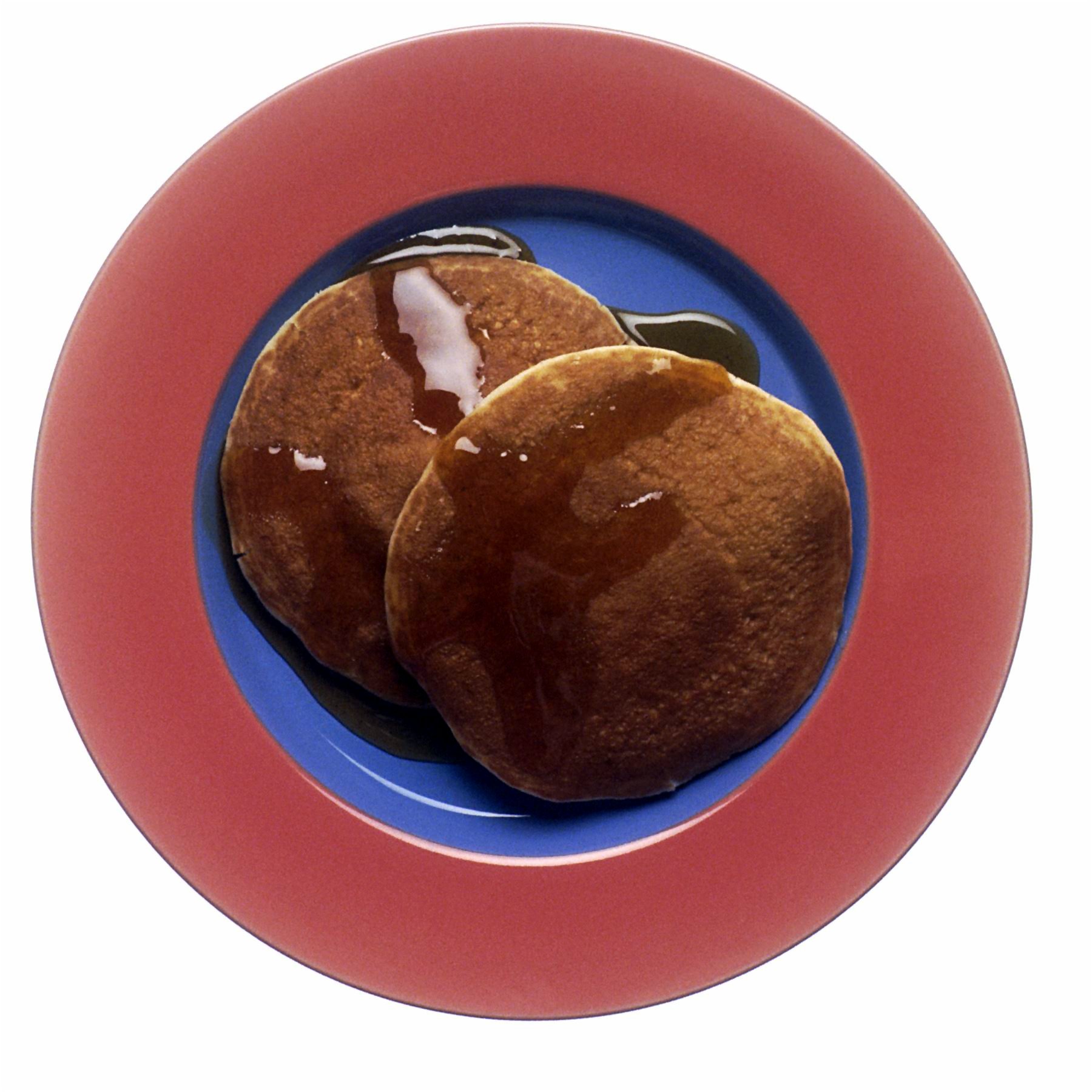 NPR has a story addressing why people frequently invoke science to back up some of their beliefs, and reject science in other cases. They say you believe science when it backs up your worldview and are "skeptical" of it when it doesn't.
NPR has a story addressing why people frequently invoke science to back up some of their beliefs, and reject science in other cases. They say you believe science when it backs up your worldview and are "skeptical" of it when it doesn't.They describe a number of experiments where they first assess an individual's values: "individualists" who embrace new technology, authority and free enterprise, and "communitarians," who are suspicious of authority or of commerce and industry...
...then read them a set of facts describing the possible benefits and threats of a scientific issue (e.g. global warming or nanotechnology).
Asked what they thought about the issue, individuals routinely overemphasized statements that validated their worldview and rejected ones that didn't.
In another example, "individualists" could be influenced to consider global warming a serious threat when nuclear energy was proposed as a solution, meanwhile "communitarians" were less concerned about global warming when given the same information.
Finally, they found that individuals were more likely to believe the safety of vaccines when the information was delivered by the person they saw most like themselves - either a sharp, businessman or a shaggy professor.
This hits a little too close to home, and is a good reminder to all of us that we need to be aware of our prejudices if we don't want them to subconsciously influence our behavior...
















